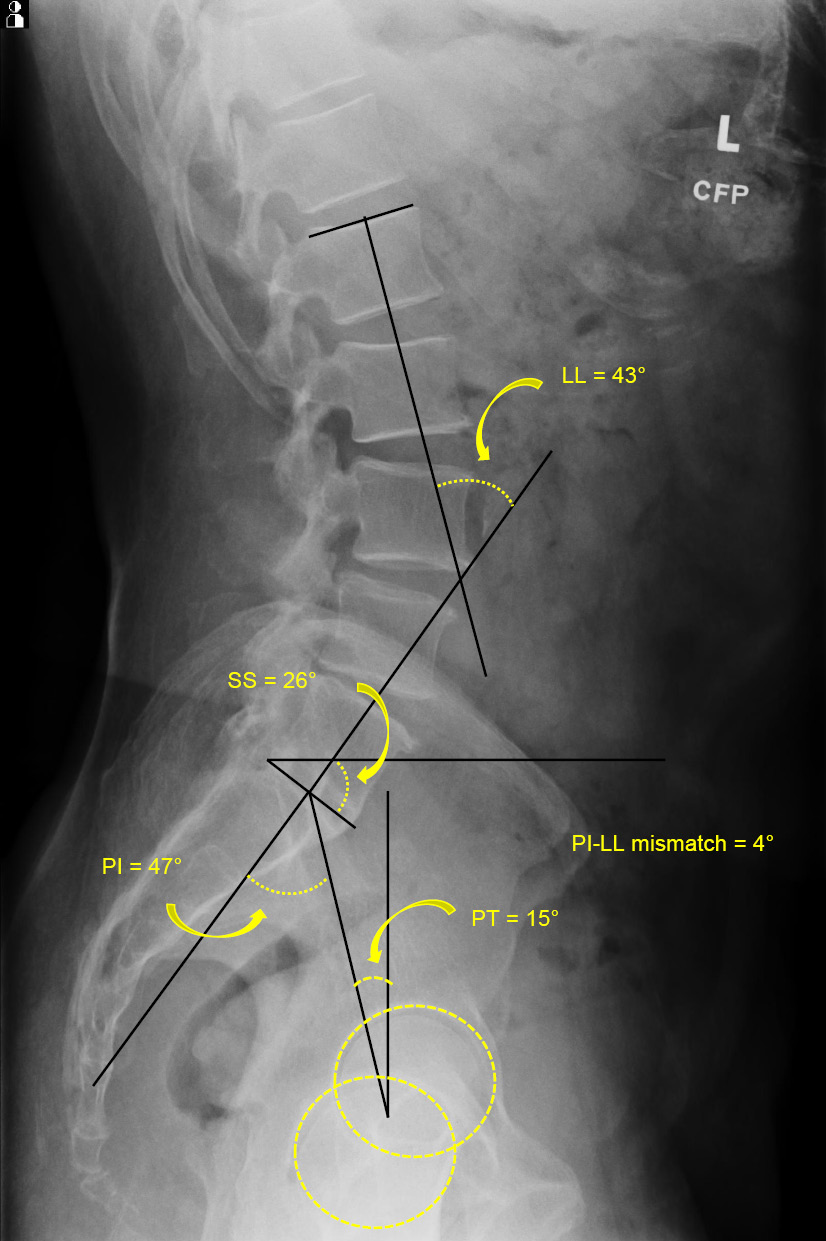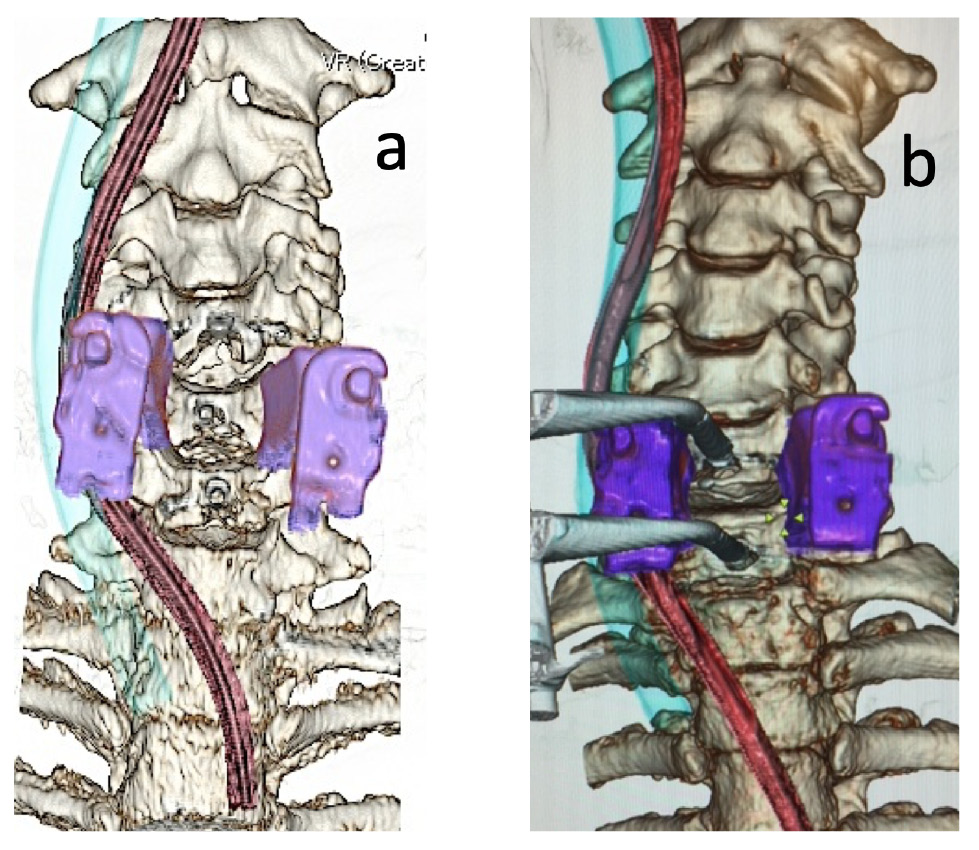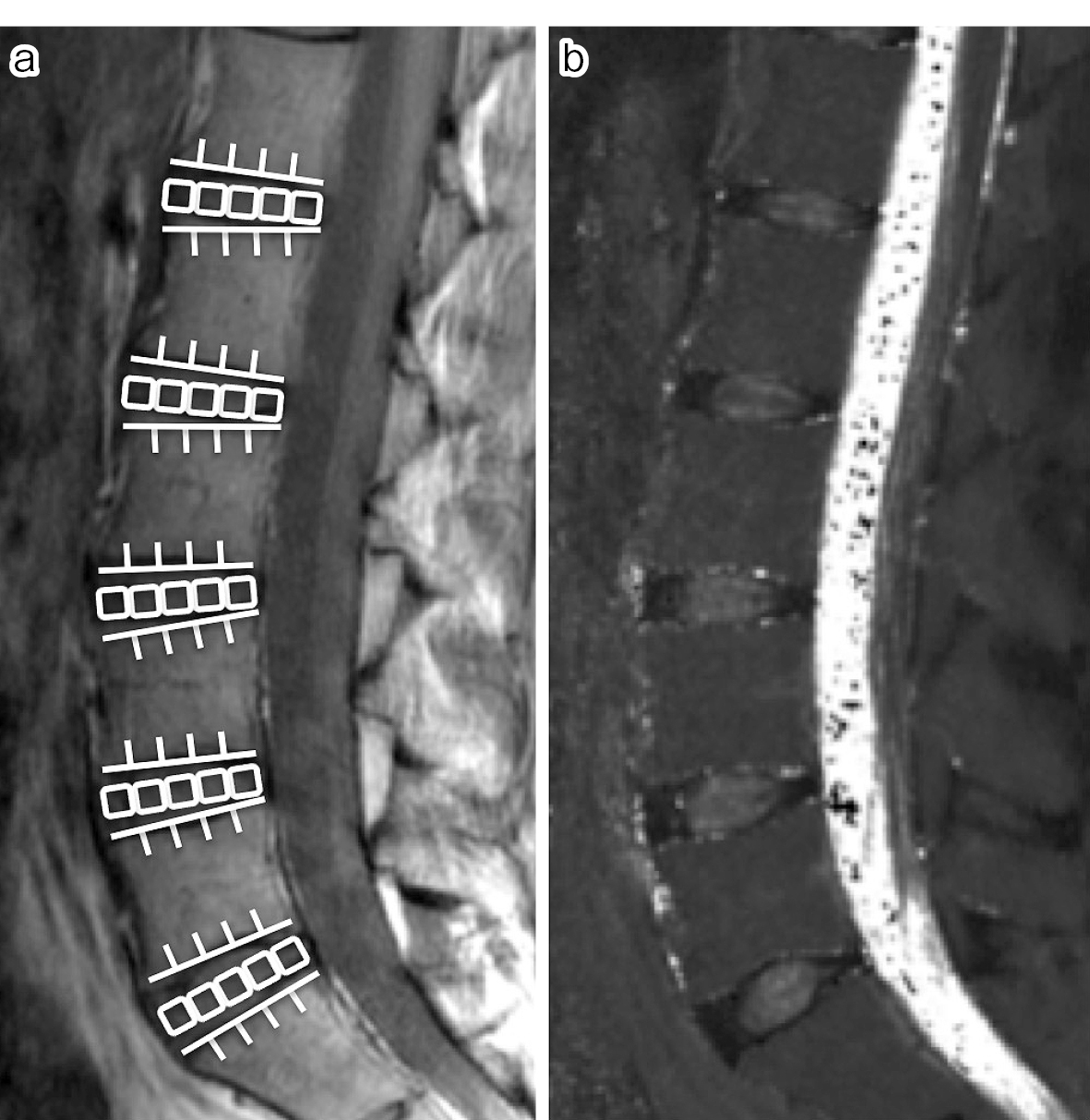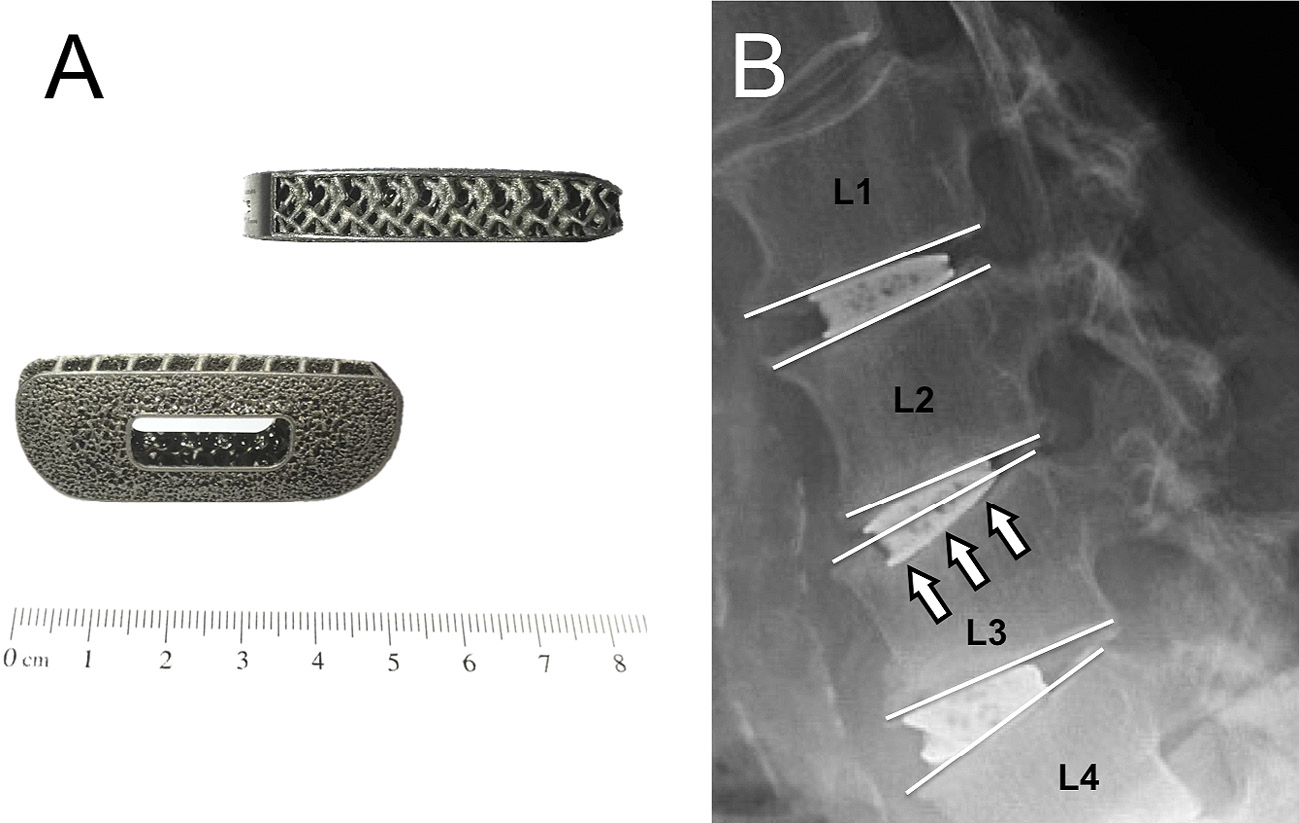Volume 4, Issue 2
Displaying 1-16 of 16 articles from this issue
- |<
- <
- 1
- >
- >|
REVIEW ARTICLE
-
2020Volume 4Issue 2 Pages 99-110
Published: April 27, 2020
Released on J-STAGE: April 27, 2020
Advance online publication: February 26, 2020Download PDF (1192K) -
2020Volume 4Issue 2 Pages 111-116
Published: April 27, 2020
Released on J-STAGE: April 27, 2020
Advance online publication: June 21, 2019Download PDF (1518K)
ORIGINAL ARTICLE
-
2020Volume 4Issue 2 Pages 117-123
Published: April 27, 2020
Released on J-STAGE: April 27, 2020
Advance online publication: July 10, 2019Download PDF (615K) -
2020Volume 4Issue 2 Pages 124-129
Published: April 27, 2020
Released on J-STAGE: April 27, 2020
Advance online publication: September 04, 2019Download PDF (525K) -
2020Volume 4Issue 2 Pages 130-134
Published: April 27, 2020
Released on J-STAGE: April 27, 2020
Advance online publication: November 01, 2019Download PDF (116K) -
2020Volume 4Issue 2 Pages 135-141
Published: April 27, 2020
Released on J-STAGE: April 27, 2020
Advance online publication: November 01, 2019Download PDF (466K) -
Rollback Imaging as a Useful Tool in the Preoperative Evaluation of Osteoporotic Vertebral Fractures2020Volume 4Issue 2 Pages 142-147
Published: April 27, 2020
Released on J-STAGE: April 27, 2020
Advance online publication: October 20, 2019Download PDF (463K) -
2020Volume 4Issue 2 Pages 148-151
Published: April 27, 2020
Released on J-STAGE: April 27, 2020
Advance online publication: October 20, 2019Download PDF (145K) -
2020Volume 4Issue 2 Pages 152-158
Published: April 27, 2020
Released on J-STAGE: April 27, 2020
Advance online publication: October 20, 2019Download PDF (424K) -
2020Volume 4Issue 2 Pages 159-163
Published: April 27, 2020
Released on J-STAGE: April 27, 2020
Advance online publication: November 01, 2019Download PDF (391K) -
2020Volume 4Issue 2 Pages 164-170
Published: April 27, 2020
Released on J-STAGE: April 27, 2020
Advance online publication: December 03, 2019Download PDF (97K) -
2020Volume 4Issue 2 Pages 171-177
Published: April 27, 2020
Released on J-STAGE: April 27, 2020
Advance online publication: December 20, 2019Download PDF (341K)
TECHNICAL NOTE
-
2020Volume 4Issue 2 Pages 178-183
Published: April 27, 2020
Released on J-STAGE: April 27, 2020
Advance online publication: January 29, 2020Download PDF (391K)
CLINICAL CORRESPONDENCE
-
2020Volume 4Issue 2 Pages 184-186
Published: April 27, 2020
Released on J-STAGE: April 27, 2020
Advance online publication: August 16, 2019Download PDF (727K) -
2020Volume 4Issue 2 Pages 187-189
Published: April 27, 2020
Released on J-STAGE: April 27, 2020
Advance online publication: November 01, 2019Download PDF (377K) -
2020Volume 4Issue 2 Pages 190-191
Published: April 27, 2020
Released on J-STAGE: April 27, 2020
Advance online publication: September 20, 2019Download PDF (254K)
- |<
- <
- 1
- >
- >|
















